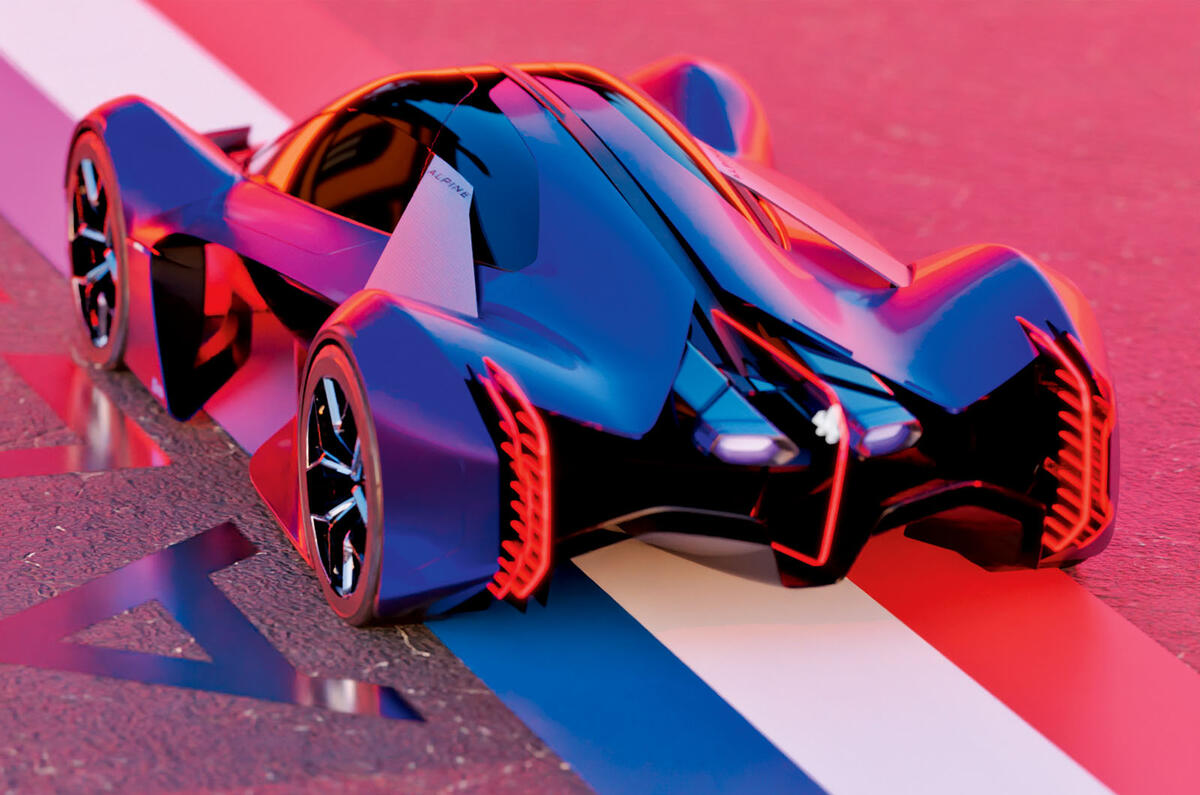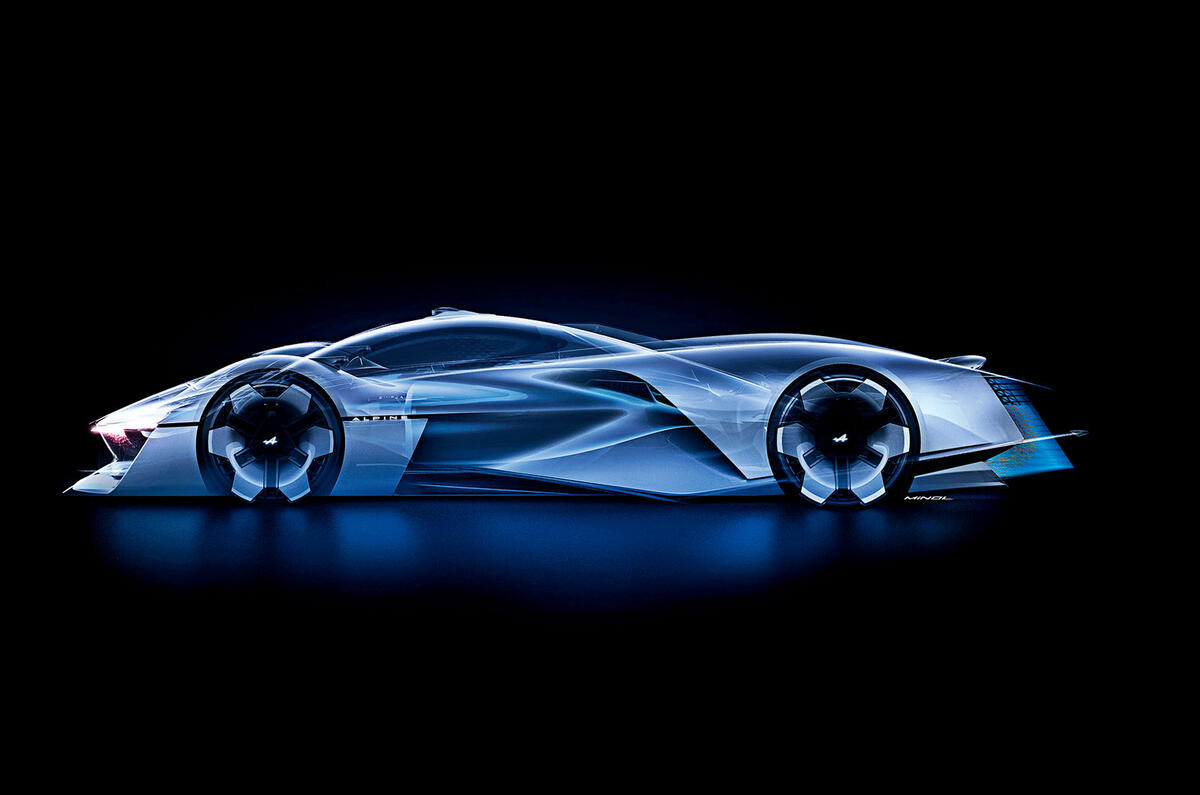Whether it takes the form of a big, heavy bruiser or a light, nimble roadster, what makes a great driver’s car is a conglomeration of several characteristics.
These are characteristics that road testers have been doing their best to unravel since Autocar first began writing reviews a century ago.
Although decent performance has an important part to play, it isn’t all about power and acceleration but also feedback, responsiveness, agility, ride quality, body control, grip, balance, poise and driving position – all those things that engage a driver and make them feel comfortable at the same time.
Now we’re seeing the biggest technology changes in the shortest time in the 130-odd years since the first Benz turned a wheel. So what will happen to the driver’s car? Will there be any fun to be had in 20 or 30 years’ time? Perhaps the best place to start is with what we have.
Electric motors have all the attributes that engineers have been trying to get combustion engines to deliver ever since they were invented, namely as much torque as possible from low revs, power, efficiency and refinement. Modern electric cars' AC motors do all of that seemingly without trying, which makes them the perfect choice of powerplant for any car.
Their relative simplicity made them attractive to the early pioneers of motoring, but the difficulty then was storing enough energy to power them. To a lesser extent, the same issue applies today, tangled up as it is with cost and weight. But it’s unlikely to be that way in 30 years’ time, what with the ongoing rapid advancement of battery tech.
Gearbox types come and go. The manual was largely replaced by the automated manual, followed by the dual-clutch automatic, but for many keen drivers, the yearning for three pedals and a stick never waned.

Lexus, wrestling with the question of whether an EV can be fun to drive or not, is developing a manual gearbox for electric cars complete with a fake clutch pedal designed to give EV drivers the experience of driving a manual car powered by a combustion engine that doesn’t exist. It’s so authentic, the firm ironically claims, that it even simulates the driveline shock that goes with a mistimed gearchange.
Lexus’s idea is a bit of fun, but it will ultimately fade away. We will be left with something embracing the best that the next generation of tech can give us, and it will be good.
EVs are naturally quiet and sound isn’t an important consideration for most today, but there’s room to exploit the sounds that motors naturally emit, and electric sports car makers might well do so. It’s entirely possible that something resembling the sound of a very high-revving engine (like in a 1990s Formula 1 race car or a TT motorbike) might not only be on the cards but be authentic too.
One thing you can do with a motor that you can’t do with a combustion engine is put it inside the wheels. There are challenges, such as a significant increase in unsprung weight, but with lighter tech and the integration of battery cells within the structure of the car (it’s already happening), designers will be freed from the constraints that engines, drivelines and fuel systems have imposed on them.

For performance cars and especially sports cars, that will open up all kinds of design possibilities.
The biggest question mark is still over what kind of energy storage there will be in a few decades’ time, because that will have a significant impact on that most essential attribute of a performance car: its weight. Solid-state tech has become a legend before its time, and there’s still no concrete sign of when it will arrive. When it does, it will replace the liquid electrolyte in the cells, making the battery safer, lighter, more powerful and faster-charging.
In the first decade at least, it will still be more expensive than other battery tech, but supercar firms are likely to snap it up. They need a lot of energy in a compact, lightweight package and have the budget to pay for it. Lesser performance cars, like hot hatches (which command a premium anyway) will follow suit.

With all that combined, what will the driver’s car of 2040 or 2050 be like? We can expect a return to agile two-seat sports cars with lighter crash structures, thanks to in-wheel motors or further exploitation of the smaller, lighter, higher-revving motors already in production.
High-performance motorbikes today usually have a modest range of around 150 miles, and future performance cars will probably follow suit, energy storage being tailored for the intended use, with weight reduction the priority.
In all cases, more weight will be shaved off by the total abandonment of hydraulics in favour of by-wire steering and braking.
Ultimately, the buzz of driving a great performance or sports car comes from the whole package: the handling, agility and nuances of steering feel and torque as well as power. The driver’s car of tomorrow may be electrically powered, but it will still be an absolute blast.













Join the debate
Add your comment
I have no doubt that the car industry can make cars that people who enjoy driving can enjoy. But, as most of us cant have a car for every purpose, but instead have one or 2 to do everything, we are left making a compromise. With ICE i think thats why the Hot Hatch did so well. All things to all people, and yet with all but the most extreme, easy to live with everyday.
However, so far with EVs range seems to be the biggest issue. Followed by weight, and also price. Sadly solving problem 1 means more expensive batteries, making issue 2 and 3 worse. I am sure there will be drivers cars that dont weigh too much, but no one will buy them as they wont go far enough, and will probably cost far too much
With ICE i MUCH prefer a manual, but EVs seem better than an automatic ICE. An EV is never in the wrong gear, it never wants to change gear at the wrong time. I dont think we need an EV to be as good as a good ICE car, we need it to be good in a way that only an EV can be. But, we also need them to be affordable. And they arent.
I for one will be keeping the ICE cars i have as long as i can, and maybe one day i will add an EV, but i have no plans to do that right now. There isnt an EV on the market that appeals. And thats the big issue. Until people WANT an EV they can choose to continue with what they already have. They might not be able to buy a new ICE car for too much longer, but unless the car industry can make EVs that we want, and can afford people will simply not buy as many new cars and keep their old ones. Thats where i am at, and there really isnt any sign i can see that the car industry wants to make an EV for me.
And because car makers have got so good at making ICE cars, they last a very long time. I am sure if there is petrol on sale i will be able to drive ICE for the rest of my driving life.
Like many drivers, I, too, yearn for interesting sounds in my car, But, instead of engine noise, I prefer music and songs.
Having recently just started driving an automatic car I find that not having to match engine revs with changing gears to be sympathetic to the gearbox and clutch means you have to slow down sooner, a manual you chose when, most cars are well sound proofed , you can't hear them so I guess some drivers today don't bother, but manual is on its way out,and I must say auto is easier.
YES! THIS! Who wants to hear engine noise and tyre roar? Give me tunes and conversation.
Like many drivers, I, too, yearn for the stick and use it for cleaning my teeth.